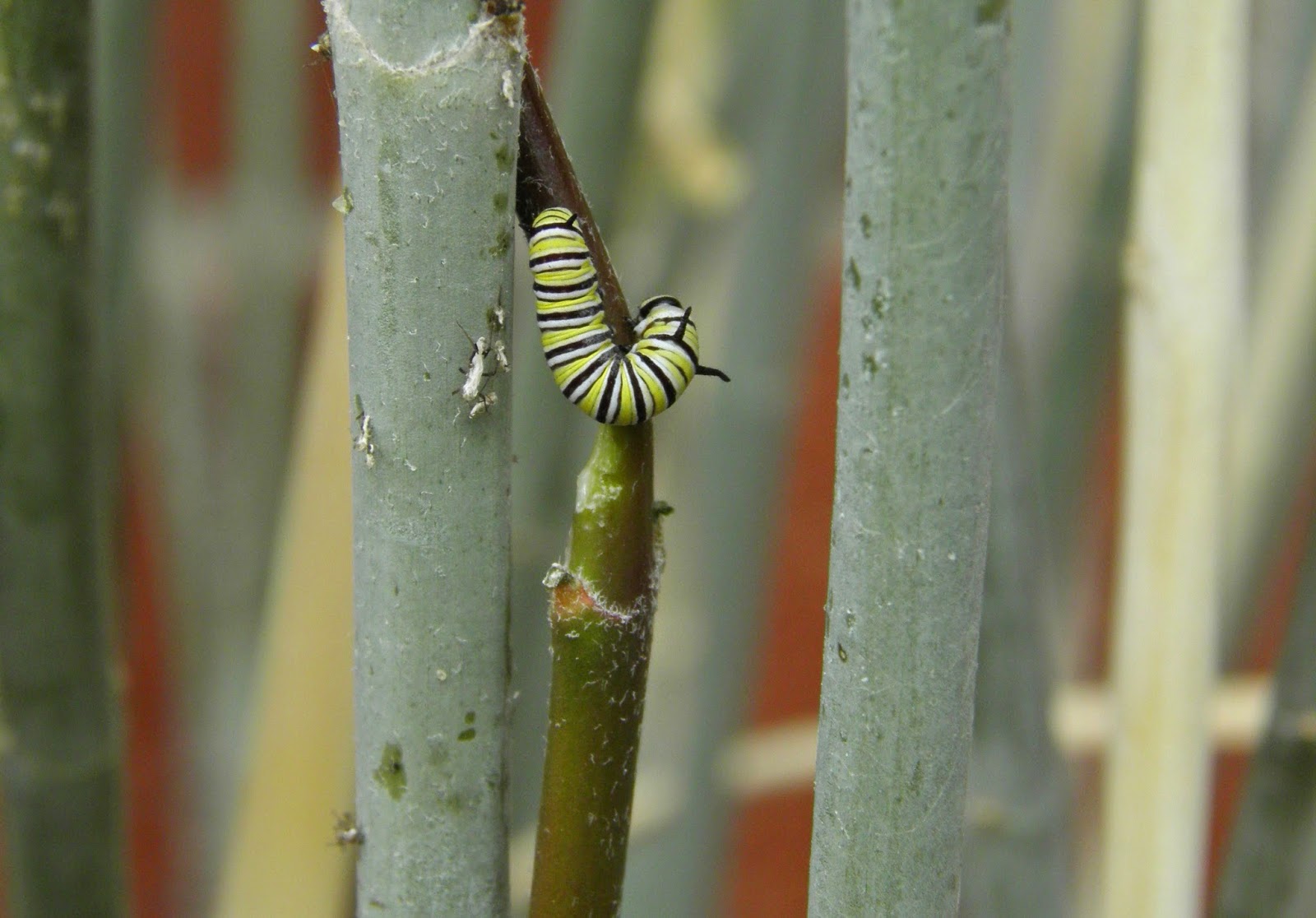Butterfly Mist, Ageratum (Eupatorium) corymbosum, is blooming again in Tucson's gardens. Butterflies in the genus Danaus are visiting in great numbers. Most of them are Queen Butterflies (Danaus gilippus), but the occasional Monarch (Danaus plexippus) also shows up. Are they after nectar? But why just these two species but only a few individuals of other groups that like it sweet?
 |
| Female and male Queen Butterfly. Note the scent-scale patches on the hind wings of the male (close to the abdomen) |
Aggregations of Danaus males can be found on several flowering plants - as far as I know all of them composite flowers that are related to Butterfly Mist.
In their nectar, the plants provide a pyrrolizidine alkaloid that male danaines (Monarch, Queen and relatives in the subfamily Danainae) need to produce danaidone. Danaidone is the substance that the coremata (Pheromone glands) of the male release to attract females. It works: in experiments males with access to Ageratum had much more mating success than those without, but artificial addition of danaidone to their coremata immediately made those poor guys as acceptable as the Ageratum feeders.
But we are not just talking about a pretty perfume here. The fragrance advertises a very real gift that the male has to give. During mating, the alkaloid is transferred from the male to the female, and she then transmits the gift to the eggs. (should I add that in the typical gender stereotypical way he shares just 60% of his ingested alkaloid but she passes on 90 % of her share?
 |
| Young Monarch caterpillar feeding on Desert Milkweed |
 |
| Stagmomantis often capture Queen Butterflies. They seem unaffected by the stored toxins |






Wow - fabulous photos and such an interesting post as ever!
ReplyDelete